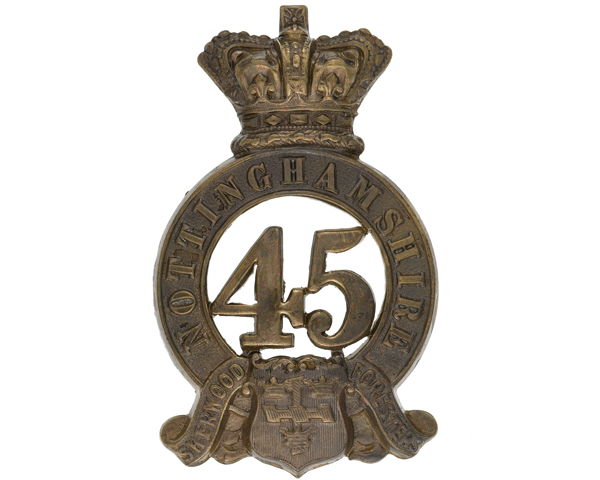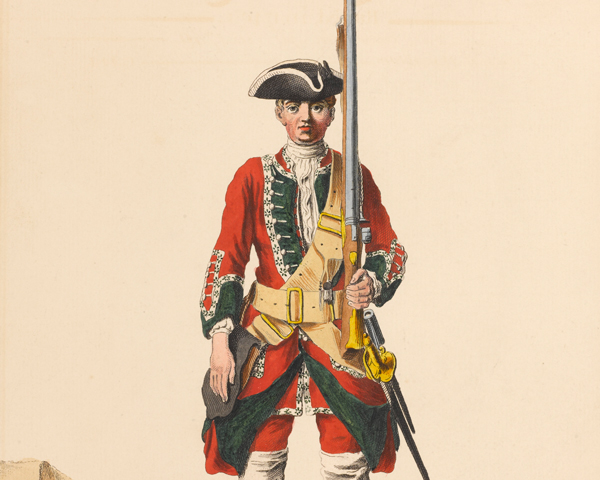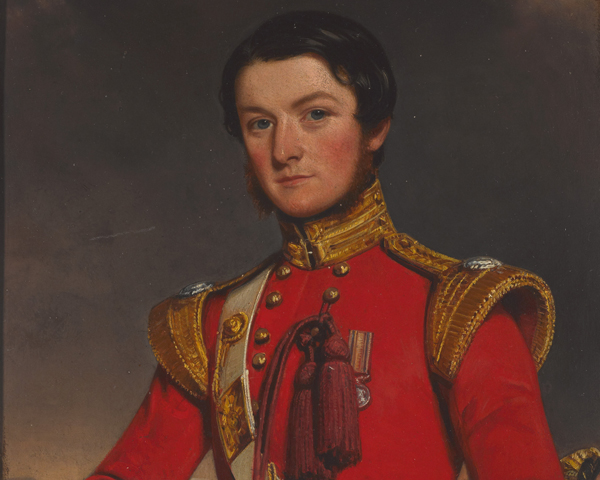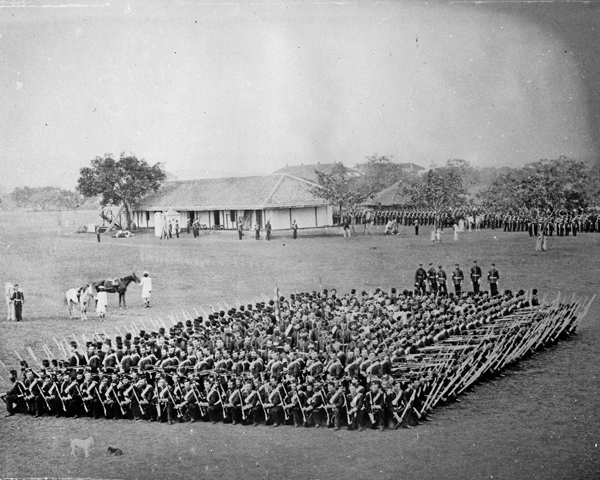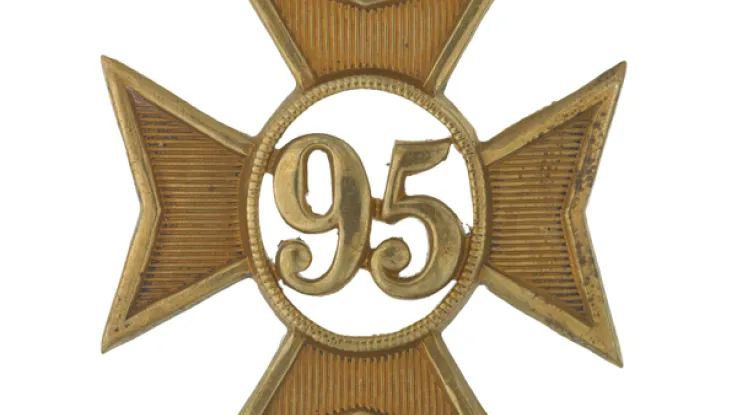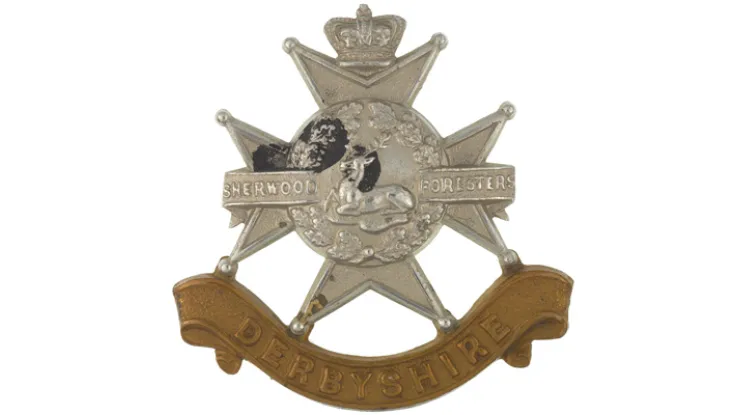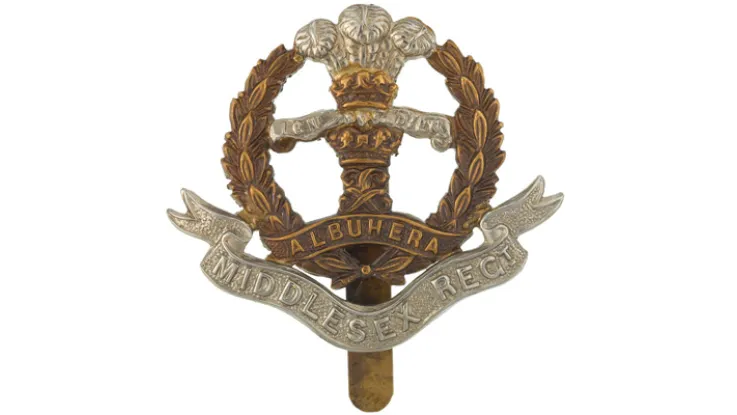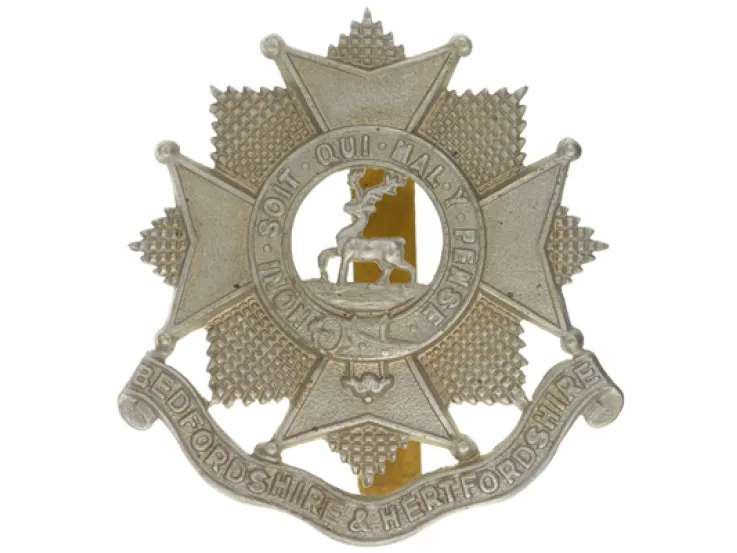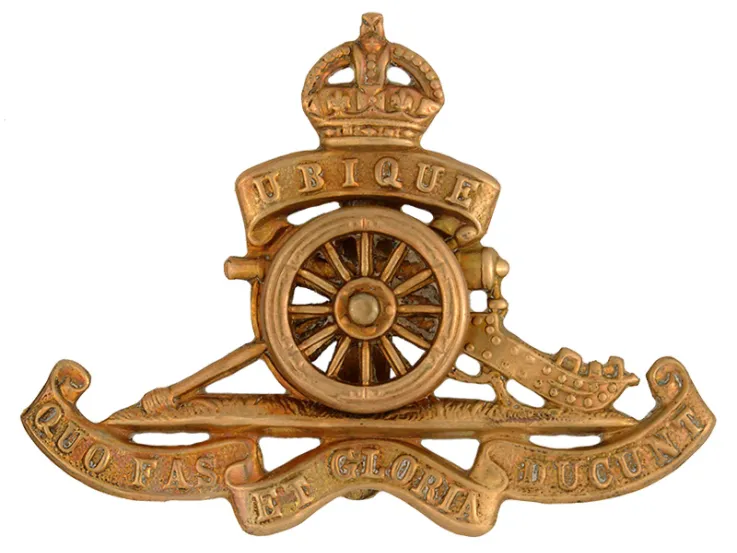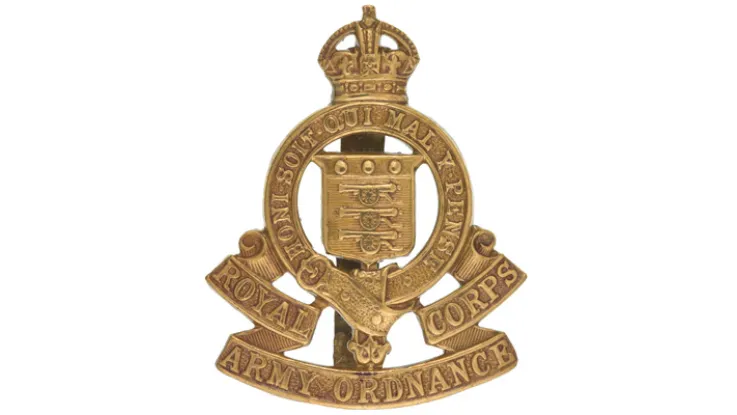Explore more from Regiments and Corps
45th (Nottinghamshire) (Sherwood Foresters) Regiment of Foot
4 minute read
Origins
In 1741, during the War of Jenkins' Ear (1739-48) between Britain and Spain, seven new line infantry regiments were formed. One of these was the 56th Regiment, raised by Colonel Daniel Houghton, formerly of the 1st Foot Guards.
Its ranking rose to 45th in 1748, after several regiments were disbanded at the end of the war. By then, it had served in Gibraltar and Nova Scotia, where it fought against Mi'kmaq Indian and Arcadian raiders.
In 1755, the regiment began a ten-year posting to Canada. It fought there during the Seven Years War (1756-63) at Louisbourg in 1758 and contributed grenadiers to the force that captured Quebec in 1759.
The Americas
Next came a ten-year garrison posting in Ireland, before it returned to North America to fight in the American War of Independence (1775-83). After only two years’ combat, its losses were so severe that it had to return to Britain with fewer than 100 officers and men.
As a result, it was billeted at Nottingham. The townspeople there successfully petitioned King George III in 1782 to add ‘Nottinghamshire’ to the regiment’s name, in return for 300 local men joining it.
Home service followed, broken by its 1786 and 1795 postings to the West Indies. On both occasions, it suffered heavy losses to disease, made up by a period of home service and intensive recruiting.
During the regiment’s second return voyage, a detachment on HMS ‘Windsor’ ended up being dropped off at Boston after their French prisoners had taken control of the ship mid-ocean.
19th century
In 1806, the regiment was part of the abortive British campaign to capture Spanish colonies on the River Plate in South America. It then deployed to the Peninsular War (1808-14), fighting at Rolica (1808), Talavera (1809), Busaco (1810), Ciudad Rodrigo (1812), Badajoz (1812), Salamanca (1812), Vitoria (1813), Orthes (1814) and Toulouse (1814).
On its return from the Peninsula, it garrisoned Ireland and England before serving during the First Burma War (1824-26). A detachment from the regiment also took part in the ‘Battle of Bossenden Wood' in May 1838, quelling a riot by Kentish labourers. The following November, the 45th helped put down a Chartist uprising in Newport.
In 1843, the regiment was split into a 1st Battalion and Reserve Battalion. 1st Battalion was immediately deployed to the Cape of Good Hope during the 7th Cape Frontier War (1846-47). The Reserve Battalion was posted to South America, where it defended Montevideo in 1846, before merging back into 1st Battalion in South Africa for the 8th Cape Frontier War (1850-53) in 1851.
It was during this South African posting that the unit first asked to have ‘Sherwood Foresters’ incorporated into its title. This was only granted in 1866, by which time the regiment was in India.
In 1867, it was part of General Sir Robert Napier’s expedition to Abyssinia (now Ethiopia), marching 300 miles (480km) in less than a month and assisting in the capture of the mountain fortress of Magdala.
Legacy
After garrison postings to Burma, India and England, the 45th was amalgamated with the 95th (Derbyshire) Regiment in 1881 to form The Sherwood Foresters (Nottinghamshire and Derbyshire Regiment).
Regimental museums
The National Army Museum works with a network of Regimental and Corps Museums across the UK to help preserve and share the history and traditions of the Army and its soldiers.
Discover more about the 45th (Nottinghamshire) (Sherwood Foresters) Regiment of Foot by visiting the Museum of the Mercian Regiment at Nottingham Castle and Derby Museum and Art Gallery.


